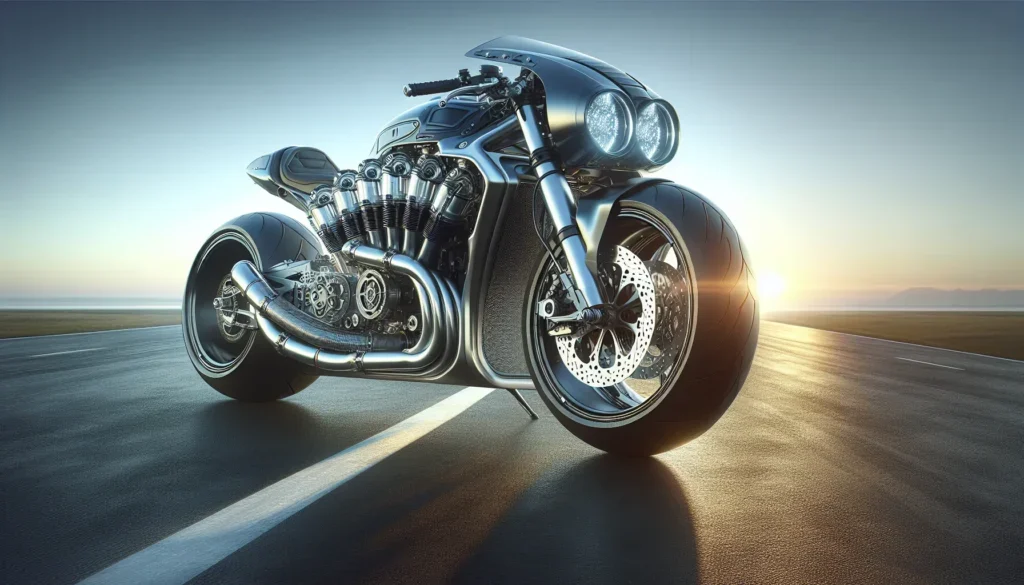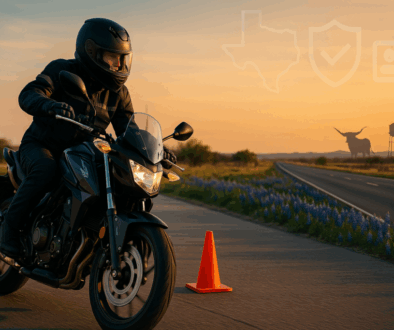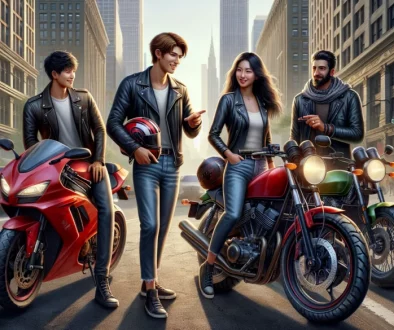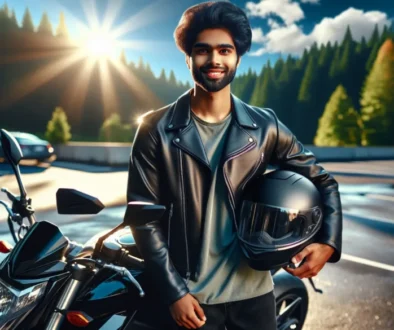What Is the Fastest Motorcycle? Top Speed Bikes That Break Records
Key Takeaways
- The Dodge Tomahawk is the fastest motorcycle with a top speed of 350 mph; however, it is not street-legal and exists mainly as a concept vehicle.
- For street-legal options, the Kawasaki Ninja H2R (249 mph) and Suzuki Hayabusa (186 mph) are standout performers offering high speeds paired with advanced engineering.
- Engine power, aerodynamics, and technology are key factors in determining a motorcycle’s speed and overall performance.
- Track-focused motorcycles, such as the Dodge Tomahawk and MTT 420RR, prioritize pure speed, while models like the Hayabusa deliver a balance of road usability and high performance.
- Over decades, motorcycles have evolved in speed and technology, with future innovations likely to focus on electric power and sustainable designs while enhancing top speeds.
Speed has always been a thrill, and when it comes to motorcycles, it’s a whole different level of excitement. There’s something about the roar of the engine, the sleek design, and the rush of wind that makes riding a fast bike an unforgettable experience. But have you ever wondered which motorcycle holds the title for being the fastest?
I’ve always been fascinated by the world of high-performance bikes, where cutting-edge engineering and bold designs push the limits of what’s possible. From record-breaking top speeds to jaw-dropping acceleration, these machines are built for riders who crave the ultimate adrenaline rush. Let’s dive into what makes a motorcycle truly the fastest and uncover the bike that reigns supreme in the speed department.
What Is The Fastest Motorcycle?
The Dodge Tomahawk holds the title as the fastest motorcycle. It reaches a top speed of 350 mph, powered by an 8.3L V10 engine producing 500 horsepower. This engineering marvel has a unique four-wheel design, ensuring stability at extreme speeds. Despite its high-speed capabilities, the Tomahawk isn’t street-legal and exists primarily as a concept vehicle.
For a street-legal option, the Kawasaki Ninja H2R stands out. It achieves a staggering top speed of 249 mph with its 998cc supercharged engine generating 310 horsepower. Designed for track use, it combines advanced aerodynamics and cutting-edge technology for optimal performance.
Another notable example is the MTT 420RR. It reaches 273 mph and features a Rolls-Royce Allison gas turbine engine producing 420 horsepower. This turbine-powered bike represents innovation and unmatched speed among commercially available motorcycles.
Top Contenders For The Title
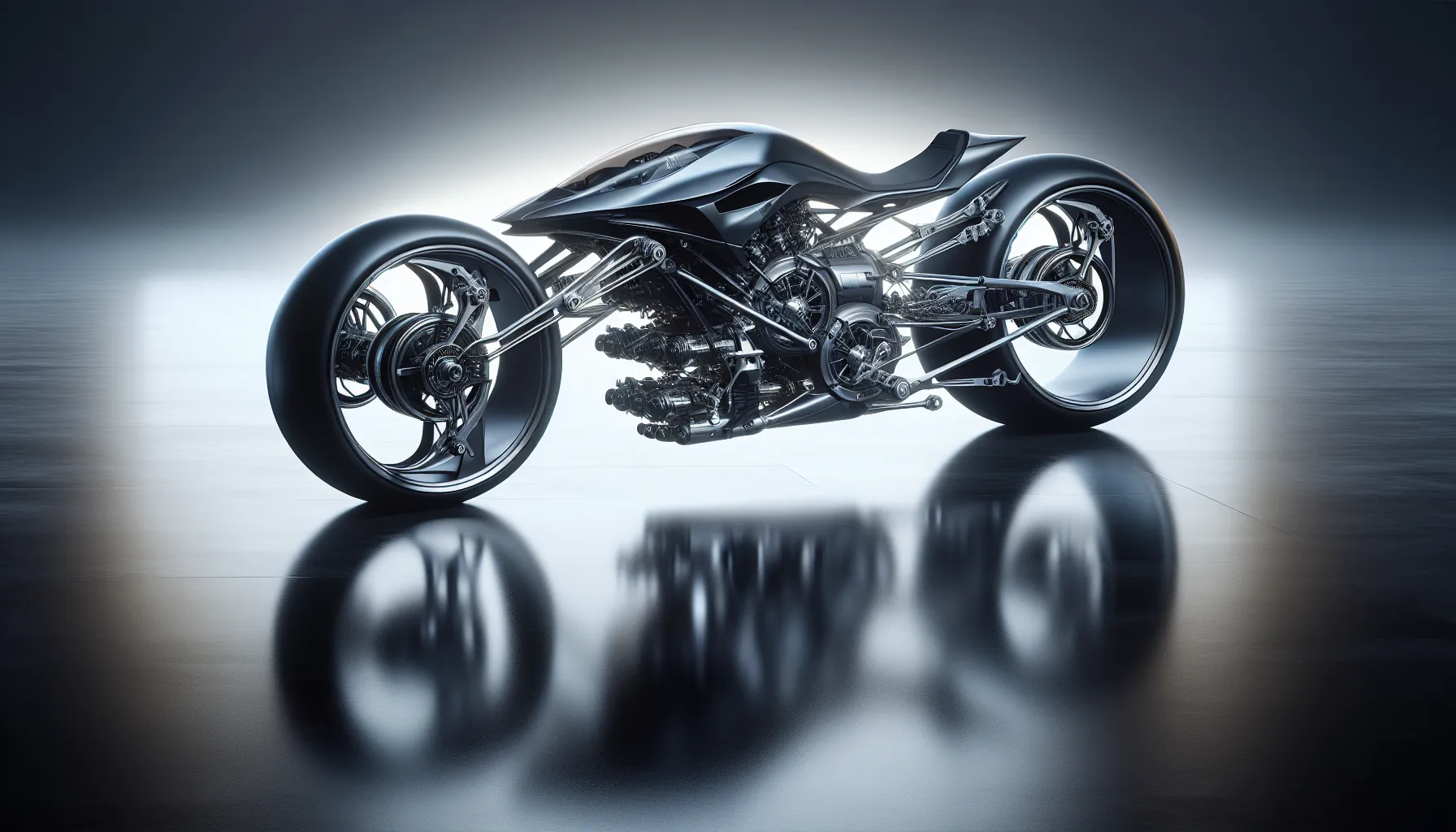
Several motorcycles push the boundaries of speed and performance. Each of these engineering marvels stands out in its own right, vying for the title of the fastest motorcycle.
Dodge Tomahawk
The Dodge Tomahawk achieves a stunning top speed of 350 mph. Its 8.3L V10 engine, borrowed from a Dodge Viper, generates an astonishing 500 horsepower. With its unique quad-wheel design, it’s a visual spectacle but not street-legal, making it a track-exclusive masterpiece.
Kawasaki Ninja H2R
The Kawasaki Ninja H2R reaches a top speed of 249 mph, making it one of the fastest street-legal motorcycles. Its 998cc supercharged engine delivers 310 horsepower, pushing the limits of traditional two-wheeled speed. Advanced aerodynamics contribute to its incredible acceleration and handling.
Suzuki Hayabusa
The Suzuki Hayabusa is celebrated for its blend of speed and everyday usability. It achieves a top speed of 186 mph with its 1,340cc inline-four engine producing 187 horsepower. Known for stability and smooth performance at high speeds, it’s a prized option for both thrill-seekers and long-distance riders.
MTT Turbine Superbike
The MTT Turbine Superbike, specifically the MTT 420RR, boasts a remarkable top speed of 273 mph. Powered by a Rolls-Royce Allison gas turbine engine generating 420 horsepower, this bike combines jet-engine technology with road performance. Its exclusivity and cutting-edge engineering make it a standout contender.
Factors Determining Motorcycle Speed
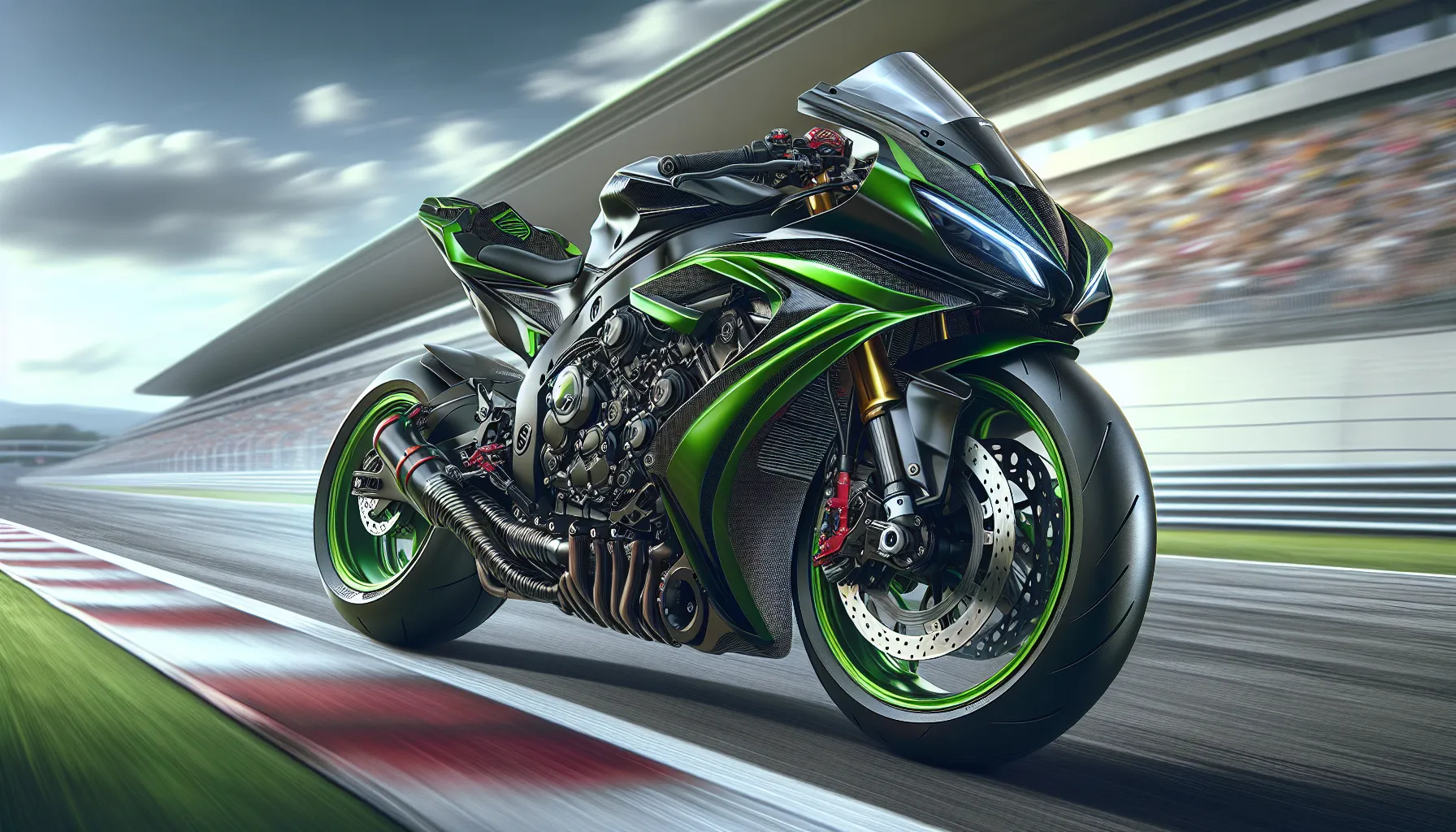
Several elements influence how fast a motorcycle can go. These factors work together to achieve the record-breaking speeds riders dream of experiencing.
Engine Power And Performance
Engine performance is crucial in defining a motorcycle’s speed. High-displacement engines like the Kawasaki Ninja H2R’s 998cc supercharged unit or the Dodge Tomahawk’s 8.3L V10 deliver extraordinary horsepower, enabling rapid acceleration and high top speeds. Tuning and cooling systems also play key roles, ensuring engines sustain power without overheating during intense performance.
Aerodynamics And Design
Streamlined designs reduce drag, allowing motorcycles to cut through the air efficiently at high speeds. Bikes like the Suzuki Hayabusa are known for their wind-tunnel-tested shapes, which provide stability and minimal air resistance. Lightweight materials such as carbon fiber further enhance speed by reducing overall weight while maintaining structural strength.
Advanced Technology Features
Technological advancements optimize performance and safety. Electronic speed limiters, traction control systems, and ride modes customize power delivery, adapting to conditions for peak efficiency. Features like superchargers, seen in the Kawasaki Ninja H2R, amplify air intake, boosting engine output and speeding up acceleration. Modern braking systems ensure control even at extreme speeds.
Comparisons Of Speed And Performance
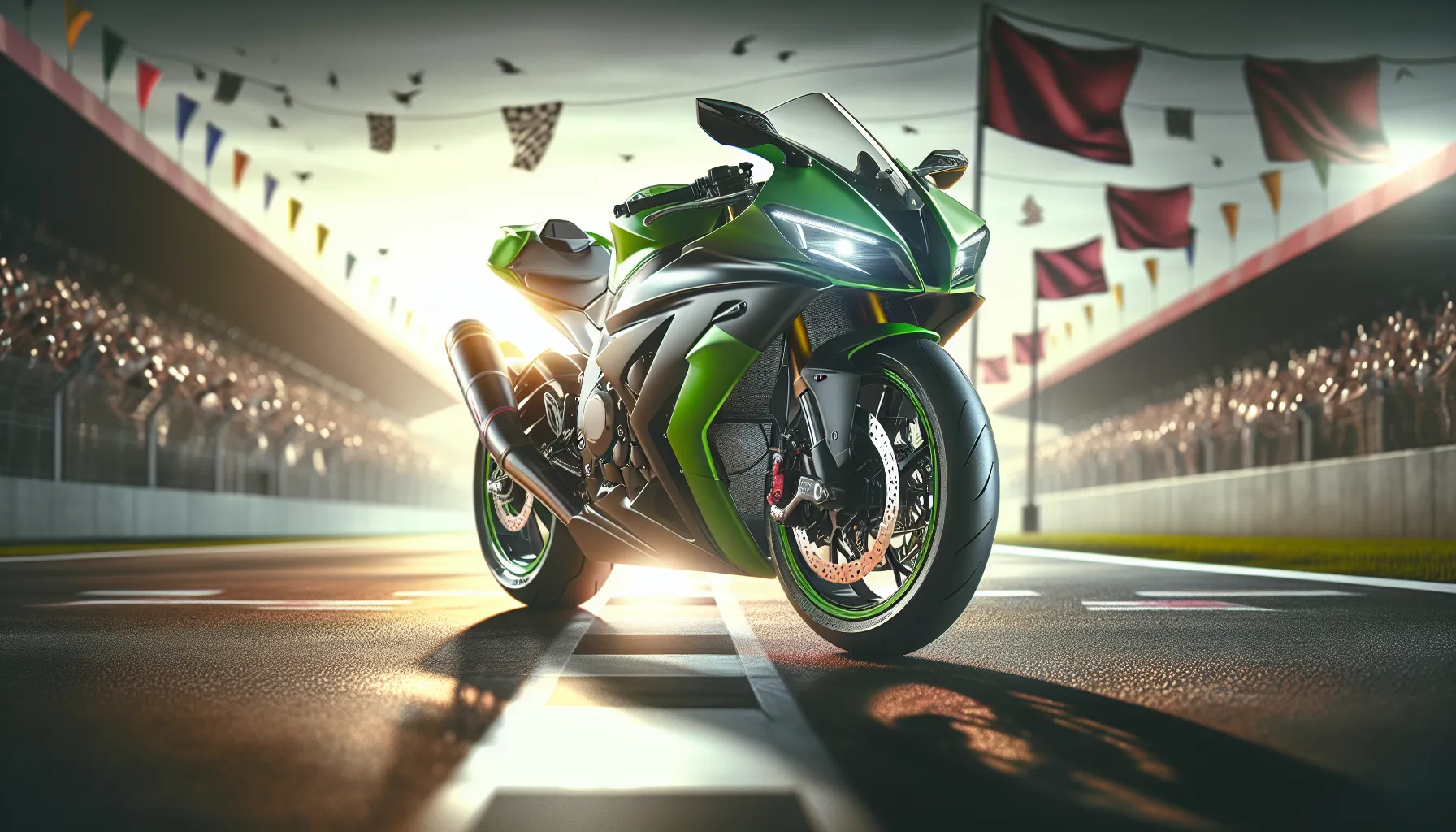
Fast motorcycles deliver a mix of cutting-edge engineering and breathtaking performance, highlighting their abilities both on the track and on the road. These machines amaze not only with their top speeds but also with their adaptability and usability.
Track Speed Records
Motorcycles designed for track performance focus entirely on speed and aerodynamics. The Dodge Tomahawk, for instance, boasts an incredible top speed of 350 mph, though its lack of street legality limits it to track-only performance. The Kawasaki Ninja H2R, another standout, reaches speeds of 249 mph, optimized for closed-circuit racing with its 310-horsepower supercharged engine. The MTT 420RR, powered by a gas turbine engine, achieves 273 mph, combining innovative technology with track-focused speed capabilities.
These motorcycles push boundaries in controlled environments, showcasing their raw power, precise engineering, and advanced materials like aerospace-grade aluminum for durability under extreme conditions.
Road Usability
For riders seeking motorcycles capable of both speed and practicality, street-legal models offer a balance between performance and safety. The Suzuki Hayabusa, often called the “king of speed,” reaches 186 mph while maintaining rider comfort and reliability, proving effective for road use. The Kawasaki Ninja H2R has a street-legal counterpart, the Ninja H2, capable of reaching 209 mph—ideal for those wanting speed without sacrificing legality.
These motorcycles incorporate features like road-compliant lighting, traction control, and ergonomic seating to ensure functionality without compromising performance. By balancing street usability and high-speed potential, they appeal to riders prioritizing both power and practicality.
The Evolution Of High-Speed Motorcycles
High-speed motorcycles have transformed drastically, with each decade pushing boundaries in speed and technology. I find it fascinating how engineering milestones have shaped these machines into what they are today.
Milestones In Motorcycle Speed
Key milestones highlight the progression of speed in motorcycle history. In 1920, the Brough Superior SS80 reached 80 mph, earning it the nickname “The Rolls-Royce of Motorcycles.” By 1950, the Vincent Black Shadow set a new record with a top speed of 125 mph, thanks to its 998cc V-twin engine. Fast forward to 1999, the Suzuki Hayabusa became the first production motorcycle to surpass 190 mph, powered by a 1,340cc inline-four engine. Each milestone demonstrates how advanced engine technology and aerodynamics have consistently redefined speed limits.
The Future Of Fast Motorcycles
Advancements in materials, technology, and design are paving the way for faster motorcycles. Manufacturers now experiment with electric motorcycles, like the Lightning LS-218, which reaches 218 mph while producing zero emissions. Innovations in battery technology and lightweight composites hint at even greater speeds for the future. I believe the next generation of high-speed motorcycles will combine eco-friendly designs with record-breaking performance.
Conclusion
Exploring the world of the fastest motorcycles has been nothing short of exhilarating. These machines aren’t just about speed—they’re a testament to incredible engineering, bold design, and the relentless pursuit of pushing boundaries. Whether it’s the raw power of the Dodge Tomahawk, the street-legal prowess of the Kawasaki Ninja H2R, or the groundbreaking evolution of models like the Suzuki Hayabusa, each bike tells its own story.
For speed enthusiasts and casual riders alike, these motorcycles spark a sense of wonder and admiration. They remind us of what’s possible when innovation meets passion. As technology continues to evolve, I can’t wait to see how future motorcycles redefine speed and performance. It’s an exciting time to be part of this journey.
Frequently Asked Questions
What is the fastest motorcycle in the world?
The Dodge Tomahawk holds the title as the fastest motorcycle, with a top speed of 350 mph. It features an 8.3L V10 engine producing 500 horsepower but is not street-legal.
What is the fastest street-legal motorcycle?
The Kawasaki Ninja H2R is the fastest street-legal motorcycle, with a top speed of 249 mph. It is powered by a 998cc supercharged engine delivering 310 horsepower.
What factors determine a motorcycle’s speed?
A motorcycle’s speed is influenced by engine power, aerodynamics, lightweight materials like carbon fiber, and advanced technologies such as traction control and electronic speed limiters.
Which motorcycles are known for balancing speed and practicality?
The Suzuki Hayabusa and the street-legal Kawasaki Ninja H2 strike a balance between high-speed performance and everyday usability, offering safety, stability, and comfort.
How has motorcycle speed evolved over time?
Motorcycle speeds have dramatically increased over the decades. Milestones include the Brough Superior SS80 (80 mph in 1920) and the Suzuki Hayabusa (190+ mph in 1999). The evolution continues with advancements in materials, technology, and electric motorcycle innovation.
Are there electric motorcycles competing for speed records?
Yes, electric motorcycles like the Lightning LS-218 are setting records, reaching speeds over 215 mph, offering a glimpse into the future of eco-friendly high-performance bikes.
What role do aerodynamics play in motorcycle speed?
Aerodynamics reduce drag and enhance stability, allowing motorcycles to achieve higher speeds while maintaining control. Streamlined designs, like the Suzuki Hayabusa’s, exemplify this.
Why isn’t the Dodge Tomahawk street-legal?
The Dodge Tomahawk isn’t street-legal due to its unconventional design and extreme speed, which make it unsuitable for regular road conditions and safety regulations.
How much horsepower do top-speed motorcycles generate?
Top-speed motorcycles like the Dodge Tomahawk generate up to 500 horsepower, while street-legal models like the Kawasaki Ninja H2R deliver around 310 horsepower.
What is the future of high-performance motorcycles?
The future lies in advancements in lightweight materials, cutting-edge technology, and electric powertrains, enabling even faster and more environmentally friendly motorcycles.

